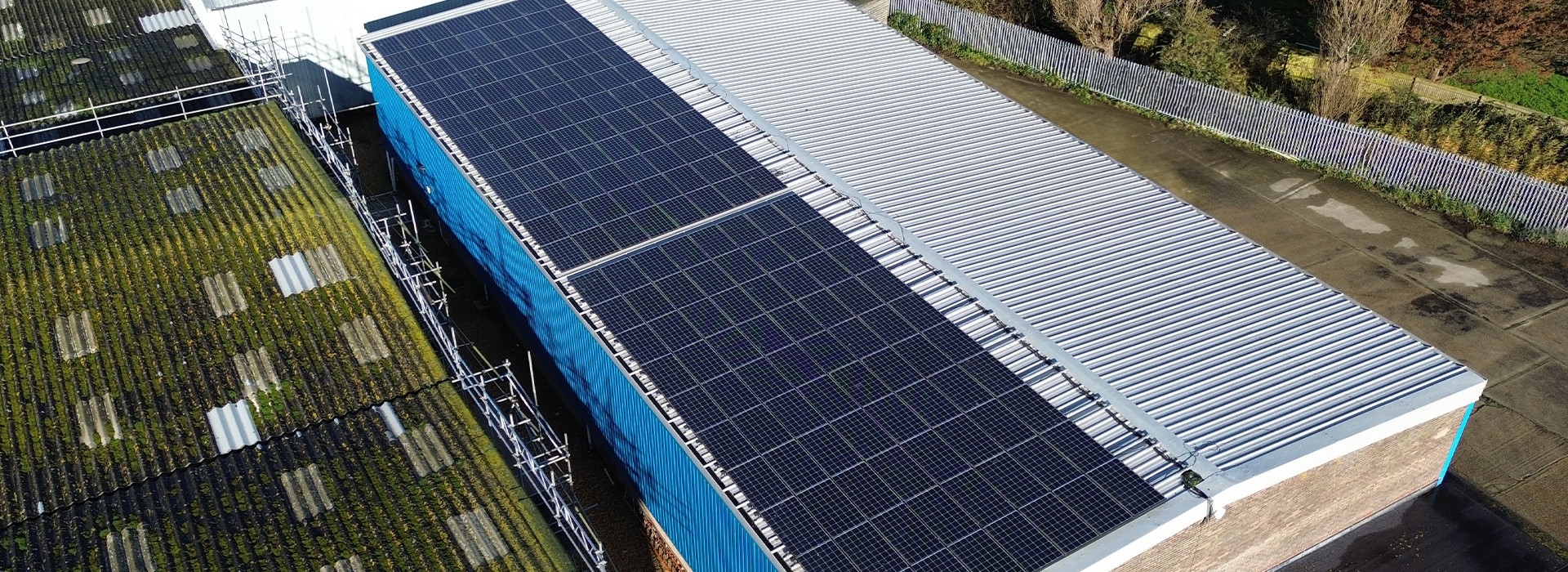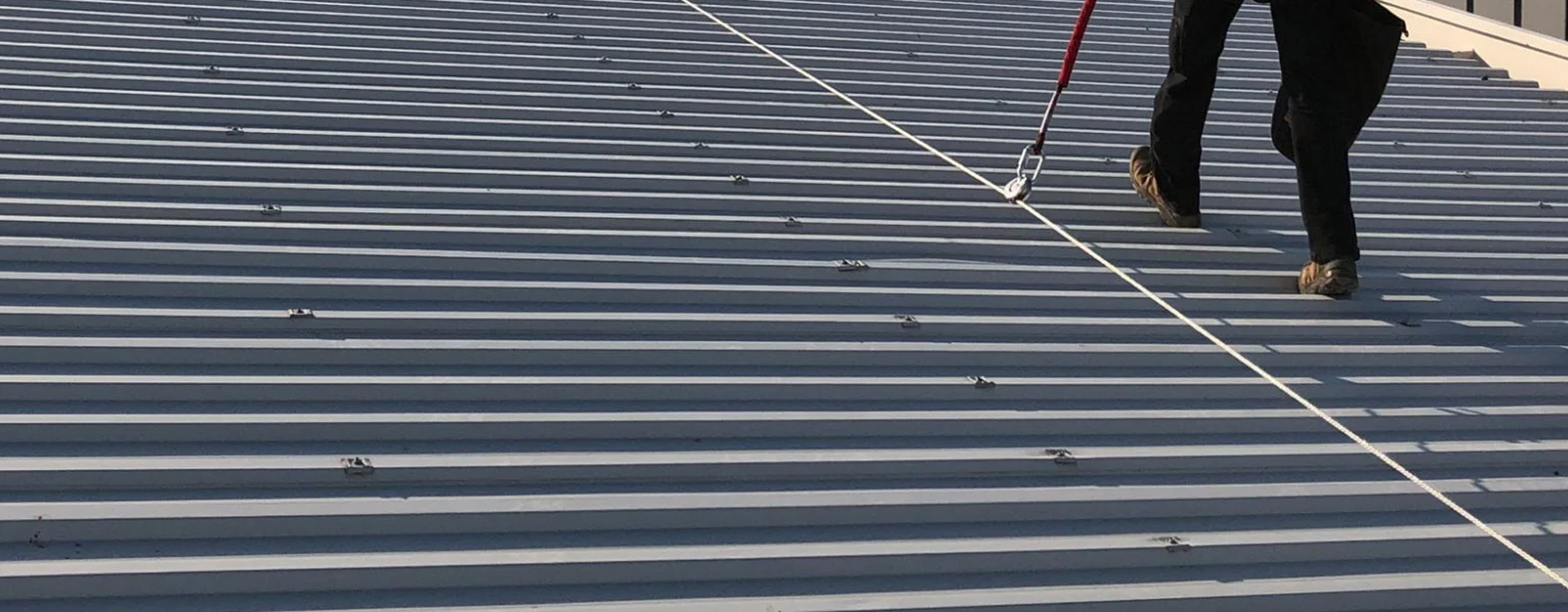As we step into 2025, businesses across the UK are focusing on fresh starts and renewed commitments to safety. One area that should be at the top of every workplace safety checklist is fall protection systems. If your fall protection hasn’t been inspected recently, now is the time to take action. Neglecting inspections could put your employees at risk and lead to legal or financial consequences. Here’s why inspecting your fall protection systems this year is crucial and how to get it done right.
The Importance of Fall Protection Inspections
Fall protection systems are critical for maintaining workplace safety, especially in industries like construction, roofing, and industrial maintenance. Over time, wear and tear, environmental factors, and accidental damage can compromise the integrity of these systems. Regular inspections ensure that:
Equipment meets legal standards: In the UK, employers must comply with the Work at Height Regulations 2005, which require routine maintenance and inspections of fall protection systems.
Worker safety is prioritised: Properly maintained equipment reduces the risk of accidents and injuries.
Costs are minimised: Early detection of issues can prevent expensive repairs or replacements later.
Signs It’s Time for an Inspection
Even if your fall protection systems appear to be in good condition, there are several signs that an inspection is overdue:
Visible wear and tear: Fraying ropes, rusted metal, or cracked components.
Lack of recent maintenance records: If you can’t remember the last inspection, it’s likely overdue.
Increased use: More frequent use or exposure to harsh conditions, such as extreme weather, can accelerate equipment degradation.
Changes in regulations: Updates to safety standards might require adjustments to your equipment.
What Does an Inspection Involve?
A thorough fall protection inspection includes:
Visual Inspection: Checking for visible damage, corrosion, or other signs of wear.
Load Testing: Ensuring that anchor points, lifelines, and harnesses can handle the required loads.
Compliance Verification: Ensuring the system meets current UK safety standards.
Documentation: Recording the inspection findings and outlining required actions.
Who Should Perform the Inspection?
Fall protection inspections should be carried out by qualified professionals with expertise in safety equipment and compliance standards. Hiring a certified inspector ensures that nothing is overlooked and that your systems are fully compliant with UK regulations.
Benefits of Starting the Year with an Inspection
January is an excellent time to conduct fall protection inspections. Here’s why:
New Year, New Safety Goals: A fresh start allows you to prioritise workplace safety from the beginning.
Minimised Downtime: Scheduling inspections early in the year can help avoid disruptions during busier periods.
Peace of Mind: Knowing your fall protection systems are in optimal condition ensures confidence for the year ahead.
How to Get Started
Schedule an Inspection: Contact a certified fall protection inspector or safety consultant.
Review Past Records: Gather maintenance logs and equipment documentation.
Train Your Team: Educate your workforce on the importance of fall protection and how to use the systems correctly.
Set a Maintenance Schedule: Establish a routine for regular inspections and upkeep.
Stay Safe in 2025
Don’t let fall protection maintenance fall to the wayside. By inspecting your systems now, you’re not only complying with UK safety regulations but also protecting your employees and your business. Start the year on the right foot by making workplace safety a priority.
Need Help with Inspections?
If you’re looking for professional fall protection inspections in the UK, our team is here to help. We provide comprehensive assessments to ensure your systems are compliant, reliable, and ready for the challenges of 2025. Contact us today to schedule your inspection.



